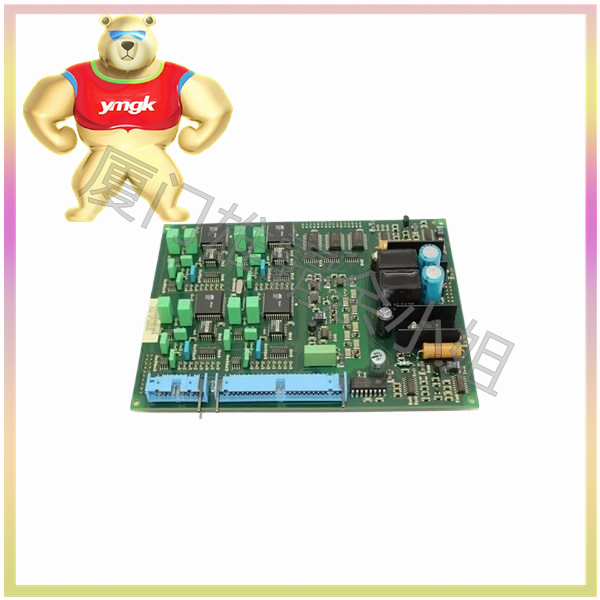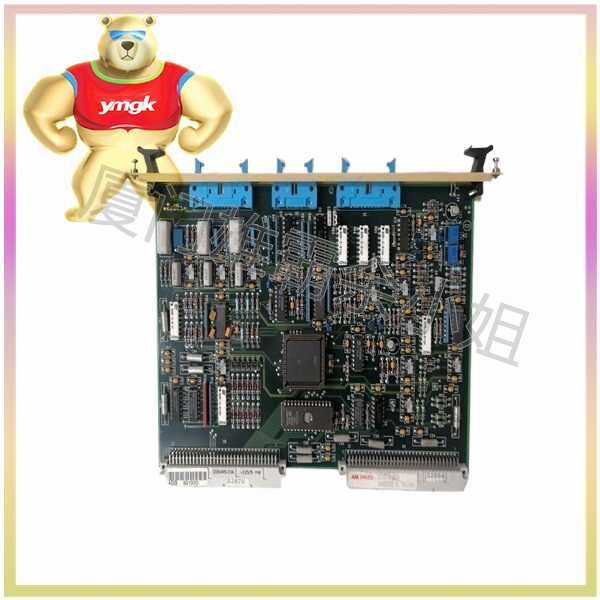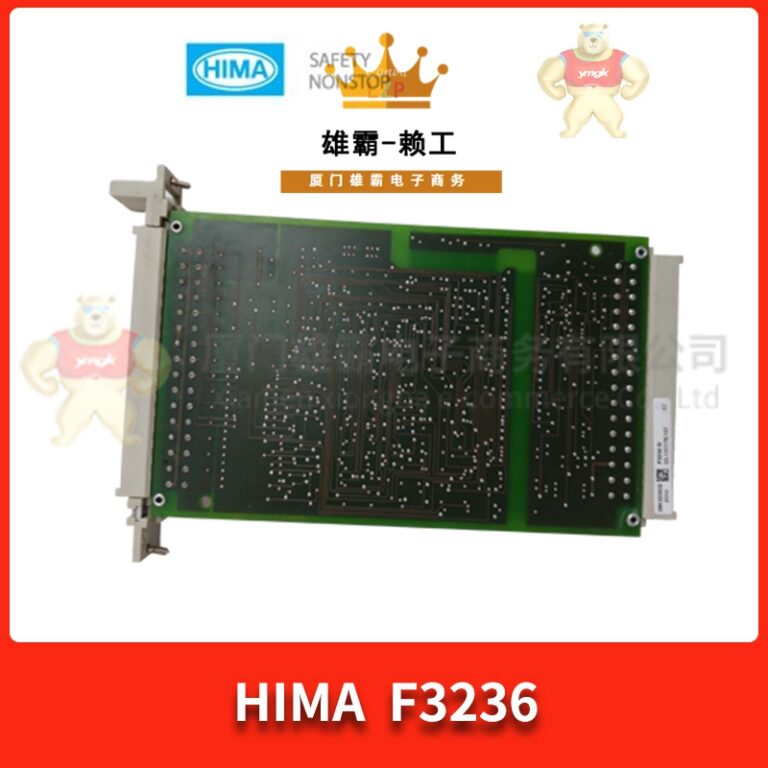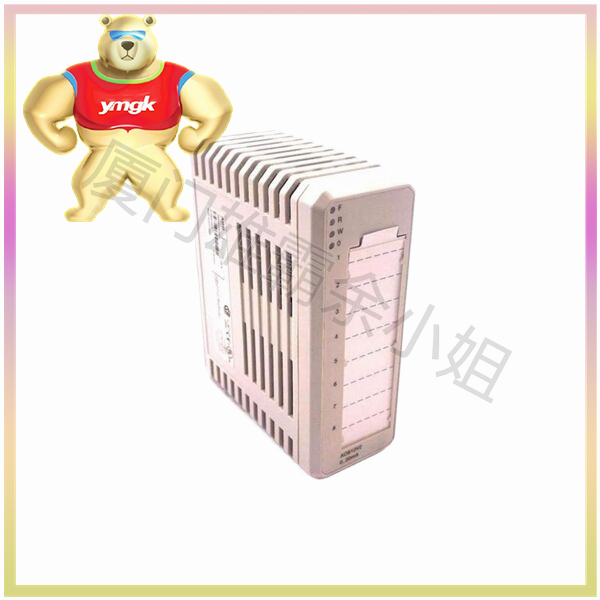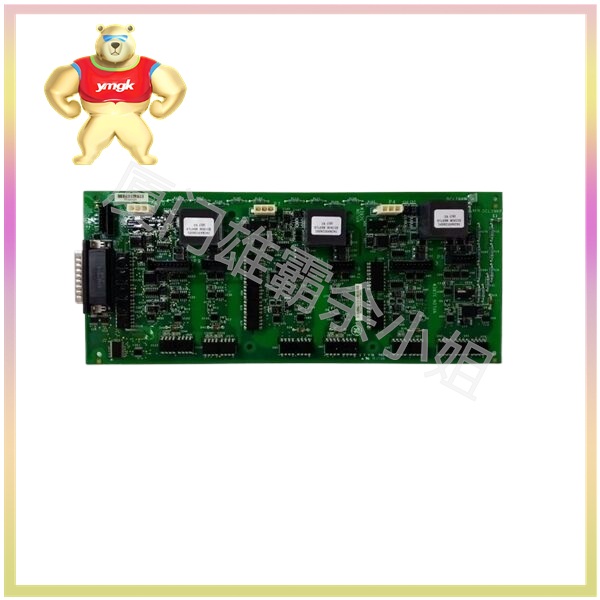The main function of the PLC communication module is to achieve data exchange and control operations between the PLC and other devices or systems. It serves as a link between PLC and the external world, enabling PLC to efficiently and stably transmit data and control operations through networks or other communication methods. Specifically, the role of the PLC communication module is mainly reflected in the following aspects:
Data exchange: The PLC communication module can exchange and share data in the PLC system with data in other control devices, establishing a data communication channel between the two devices. This data exchange capability is crucial for the interconnection and interoperability of equipment in the field of industrial automation. For example, through the PLC communication module, the PLC can transmit real-time data information such as temperature, humidity, flow rate, etc. to the upper computer or other control systems to achieve real-time monitoring and adjustment of the production process.
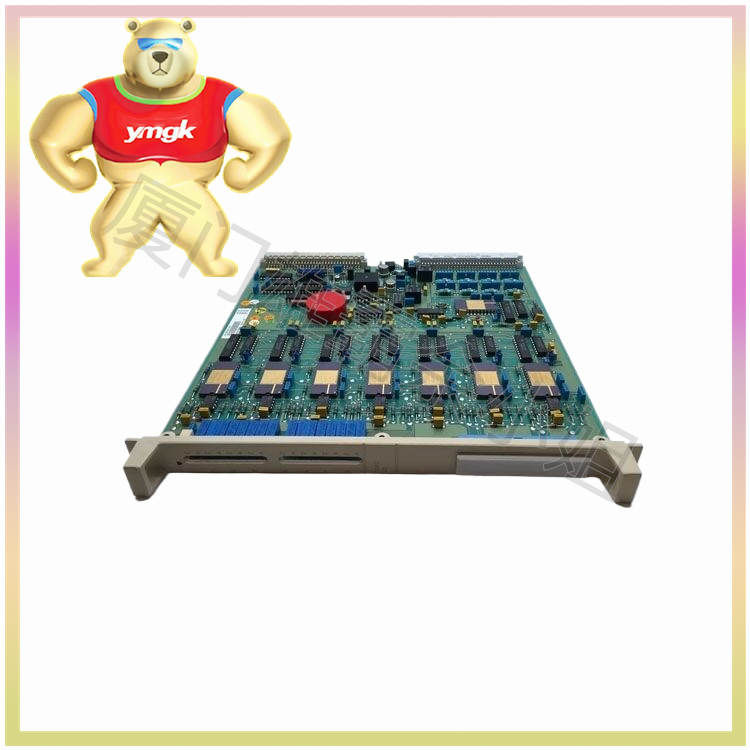
Control function: The PLC communication module can be used for control and interaction between PLCs. By networking multiple PLCs, the PLC communication module can achieve complex functions such as logical judgment and collaborative control between devices. This control function enables PLC systems to adapt to more complex and diverse industrial automation requirements. For example, on an automated production line, the PLC communication module can coordinate the work of various PLC control units to ensure the smooth operation of the production line.
Monitoring function: The PLC communication module can be used to monitor the status of the connected devices or systems. By receiving and displaying data and information from external instruments, the PLC communication module can send reminders and error messages to users, helping them discover and solve potential problems in a timely manner. This monitoring function is of great significance for improving production efficiency and reducing failure rates.
Data collection: The PLC communication module can be used for data collection. It can transmit the collected data to a computer or upper computer, and store the data locally or on cloud servers, providing support for production decision-making and data analysis for enterprises. Through the data collection function of the PLC communication module, enterprises can real-time understand various data indicators in the production process, thereby making more scientific production decisions.

